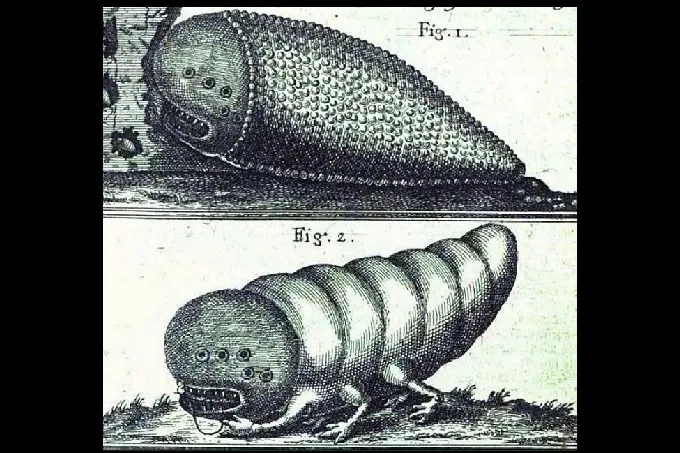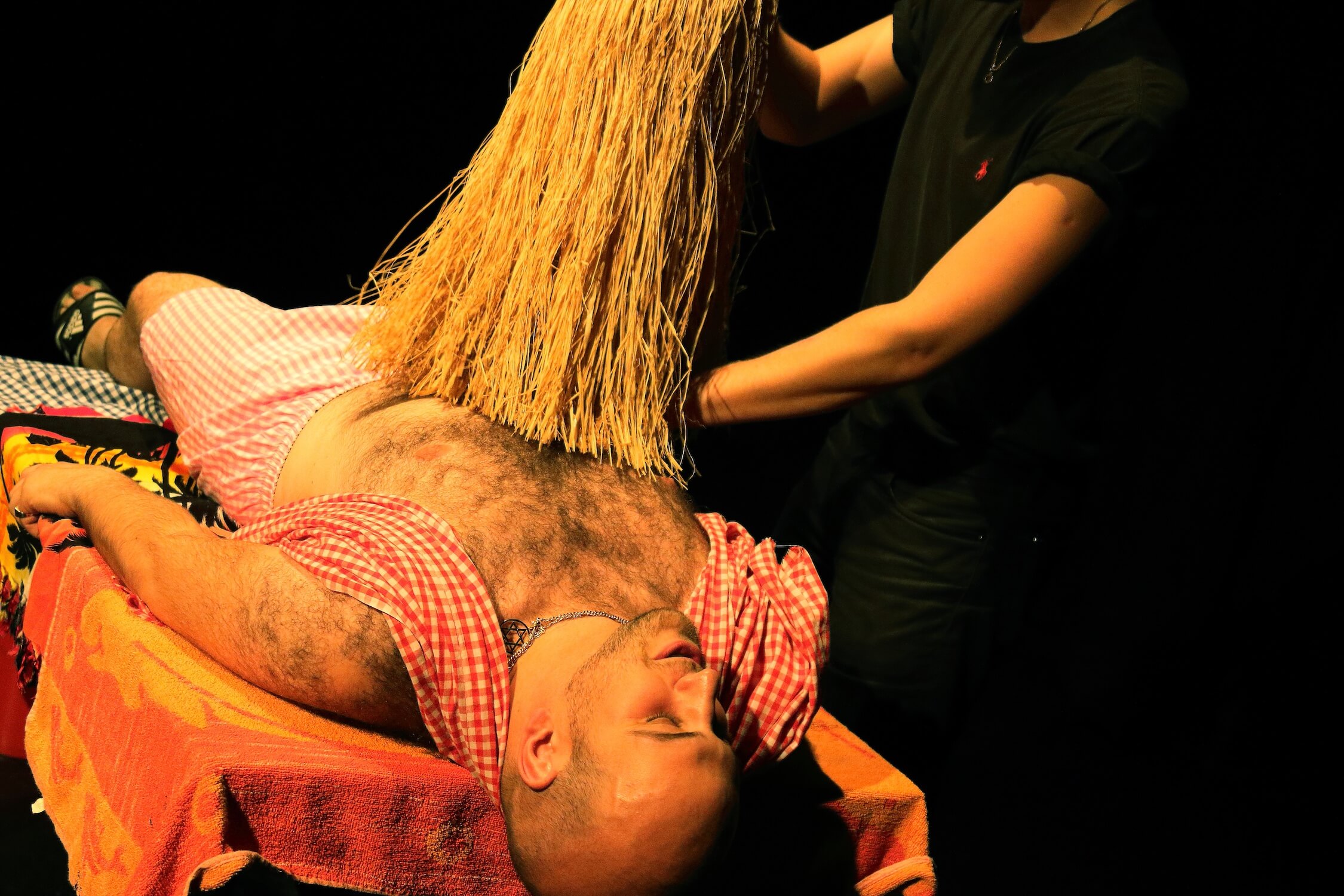Shabbat Gathering: Behold the shamir worm.

Gud Shabbos Khaveyrim, as is our custom, we will gather tonight at 5.45p ct to welcome Shabbat. These are the coordinates:
Zoom
Meeting ID: 883 8469 4181
Password: 822665
Phone: +1 312 626 6799
(To unsubscribe from the newsletter, click the link at the very bottom of this email.)
Here we go.
Sometimes, it seems to me, Torah has an odd understanding of animals. This week is Shabbat Parah, the Shabbat of the Red Heifer. This Shabbat is supposed to remind us of how the Jews used the red heifer (that didn’t have any hair of any other color anywhere) to purify themselves for Temple duty. Just a couple of weeks ago, we read about the dolphin skins used to make the Mishkan. And, of course, there’s all that business with Noah and the ark. But, of all of those and more, my favorite animal in Torah is the shamir worm. Let me explain.
In two different passages in Torah, the author paints themself into a corner and some type of “magic” is required to square up the story. First, when the Jews were making the oracular implements, the urim and thurim. Each of the twelve gems on the breastplate needed to be engraved with the name of the tribe that particular gemstone represents. The big trick was how to engrave those twelve gemstones. What tool was hard enough to incise the names of the tribes onto the gemstones and make the names legible yet small enough to fit? Stay tuned.
In the other passage, Solomon is building his first temple and gets it in his head that the stones for the temple should not be hewn (that no war-like implements be used on them so Israel would be blessed with peace). So, how did those jagged, random-shaped stones become symmetrical and joined so tightly together they didn’t need mortar?
Both of these cases are testaments to the power of the shamir worm (and the rabbis writing about the shamir worm in midrash).
According to midrash...
The way the story goes in Talmud, the shamir worm is able to eat through the hardest substances (diamonds! granite!). And, the worm is able to do this in a very precise way according to the wishes of the worm wrangler. Someone had to take the time to speak with the worms and give them their instructions and the worms had to be smart enough to understand the instructions and then do the job. Complicated.
For some reason, I’ve always had it stuck in my head that there was only one worm, a solo act, but on deeper reflection, I’m becoming convinced that there was an ensemble of worms working together to get the job done. Maybe there were a few hundred, a symphony of worms, all working together for a common goal. That’s an image that’s going to stick with me.
The rabbi who came up with the idea of the shamir worm forgot to copyright it because the same mythical beast is in the Islam and Hindu religions. That’s impact.
Team aggadah.
In Talmud, there’s halacha, the writing about the law, and aggadah, the stories that help explain the odd parts of Torah that don’t neatly fit together. I belong to team aggudah, the stories. Regarding halacha, I’ve read some and tried to understand the thought process of, for example, whether or not a stove is kosher and am usually left unmoved. But give me a magic worm and I’m totally rapt.
There’s no end to midrash. There’s the ancient midrash from the Talmud, but there’s also modern midrash written by people like us who want to take frayed edges of Torah and re-weave it into new patterns. I just finished reading a midrash from a good friend who wrote about what happened to Sarah when Abraham and Isaac went up the mountain. The writing was poetry and the story added a new dimension to how I think about the akidah.
Torah is relevant to my life, in large measure, thanks to the struggle we have with the text. Some of us will continue the thousand year tradition of coming up with our own stories. Ever baffled by what you read in Torah? Fine, then go ahead and write your own. Perhaps what you write will find an audience and become part of what we carry forward across the generations.
And may it be for all of us a blessing.
See you tonight!
Mit vareme grusn,
(With warm regards,)
All my love,
brian.
PS
Before I get into the PSs, I just want to take a second to let you know that, as of this week, 100 people have subscribed to this newsletter. We're a diverse bunch with subscribers from all over the country. Thank you for giving this a read.







-30-






